2015. February 22.
The 1st International Conference was organized at BME to present the ongoing space activities of the University and the extending opportunities after joining the European Space Agency.
At the conference, which is planned to be the opening event of a conference series, participants discussed the scientific, technological and educational issues of space research and space activities in several sections involving a large number of students and professors of the university.
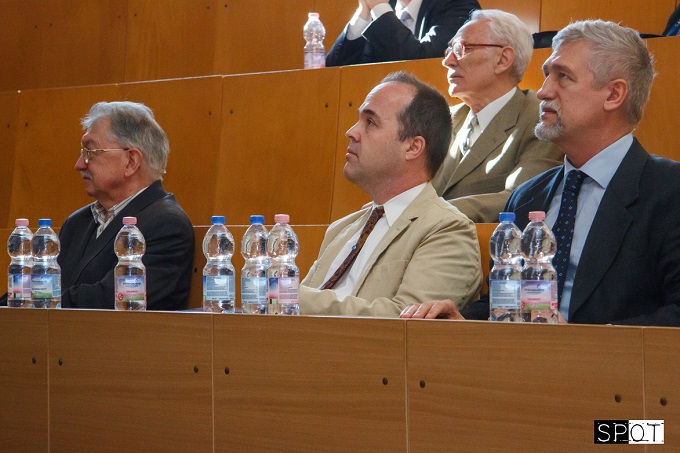
Organizing the joint event of the Federated Innovation and Knowledge Centre of the Faculty of Electrical Engineering and Informatics of the Budapest University of Technology and Economics and the Hungarian Astronautical Society was especially timely because Hungary’s joining the European Space Agency is expected to take place in March.
In the scientific section chaired by Gábor Stépán, head and professor of the Department of Applied Mechanics all presentations covered scientific results of BME, like the preliminary results of the two Hungarian developments related to Philea, the robotic lander of Rosetta spacecraft.
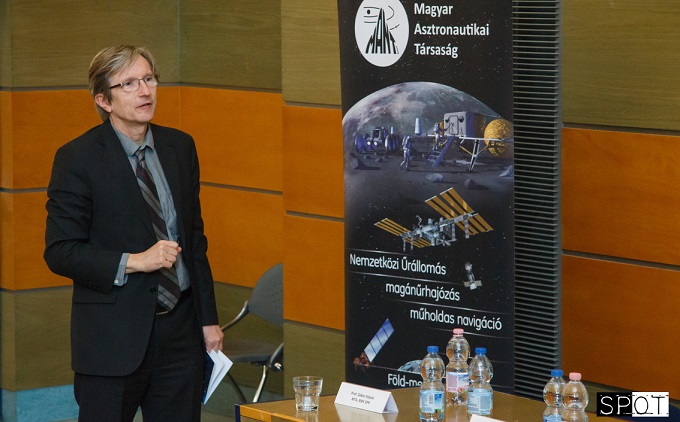
As it is widely known, the energy supply system of the lander was developed by the Space Research Team of BME (editor’s note: an earlier article on the topic is available here). Gábor István Varga (BME Faculty of Mechanical Engineering) presented the optimal design of low-thrust transfer trajectories, while Szabolcs Rózsa, associate professor, head of the department of Geodesy and Surveying held his presentation on the role of global navigation satellite systems in atmospheric remote sensing. The closing presentation of the section was held by Zsolt Váradi, PhD student of the Department of Broadband Infocommunications and Electromagnetic Theory, who summarized the perspectives in flight data processing of Masat-1.
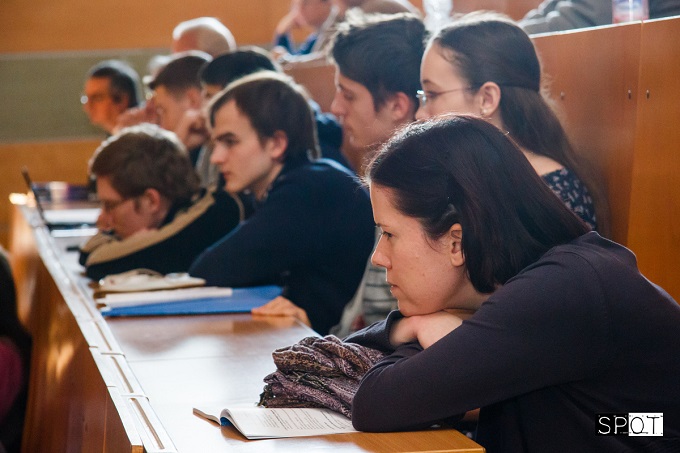
In the section called Challenges of the Future presenters spoke about their technological development results; Levente Dudás, assistant lecturer of the Department of Broadband Infocommunications and Electromagnetic Theory summarized the innovative approaches of the radio-communication system of Masat-1 satellite. In the closing section of the conference educational methods, concepts and experiences in primary, secondary and higher education and also in non-formal educational scenes were discussed. Gyula Horváth, assistant lecturer of the Department of Electronic Devices spoke about the mission of Masat-1 in dissemination of information on space technology.
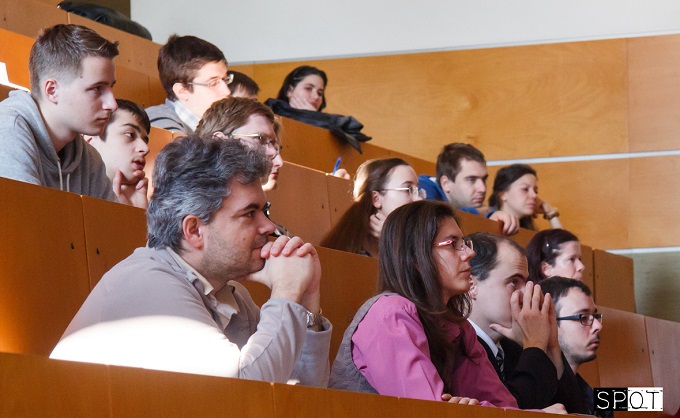
András Gchwindt, senior lecturer of the Department of Broadband Infocommunications and Electromagnetic Theory presented what opportunities are available for the students interested in space technology to learn about it and get involved in scientific activities. As an example for that three students, Márton Kemény, Asztrik Bakos and Tamás Pölöskei shared their experiences on working in space research projects, which bme.hu will also present shortly.
Patrons of the conference were László Vajta, dean of BME Faculty of Electrical Engineering and Informatics and Iván Almár, Honorary Life President of the Hungarian Astronautical Society. The publication of the conference can be downloaded here.
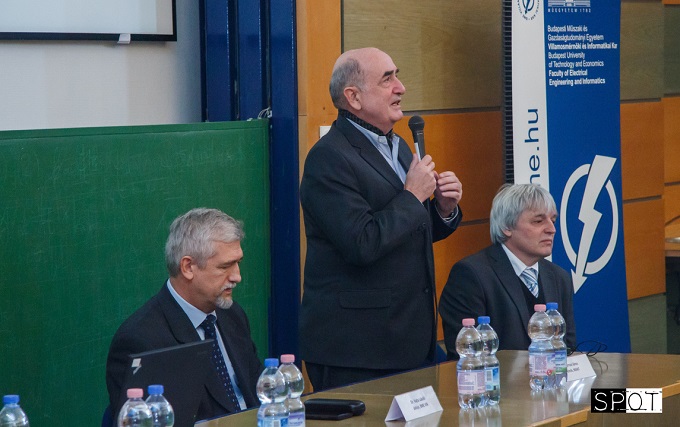
According to the plans of the organizers the second International Conference on Research, Technology and Education of Space in 2016 will be parallel with the European workshop of the Space Generation Advisory Council (SGAC), an international space organization supported by the UNO.
Photo: SPOT


